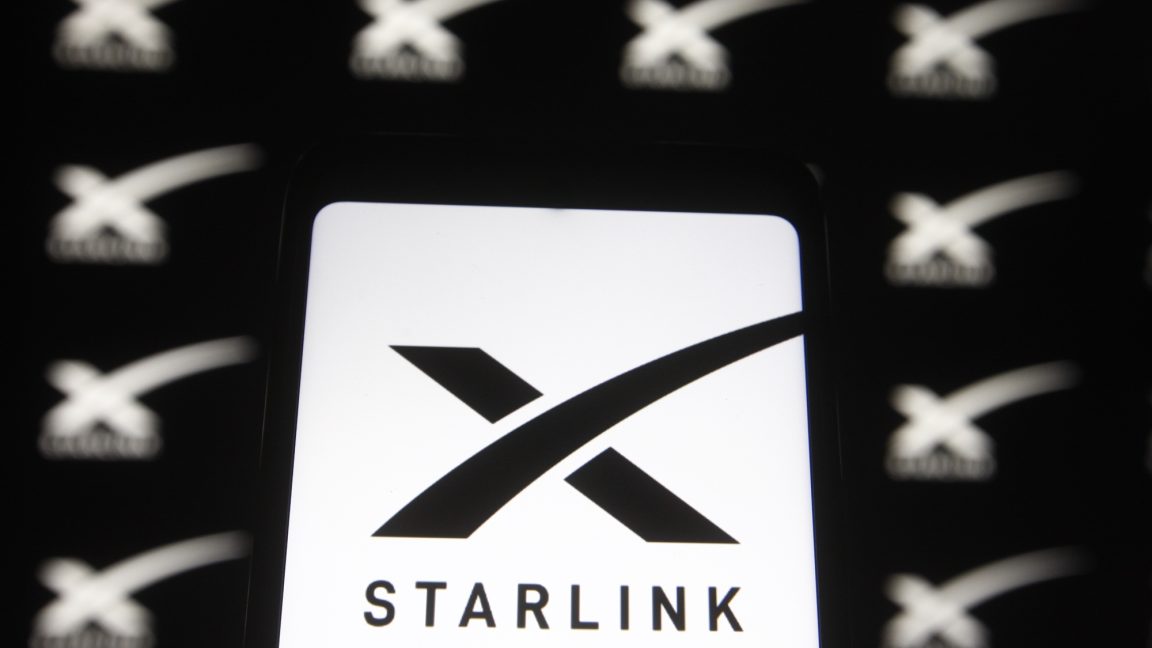
"The DHCD noted that installation of broadband can be complicated by tree canopy and rugged terrain, which may obstruct line-of-sight essential for effective service."
"State officials expressed concern about the reliability of low-Earth orbit satellite technology, citing issues like signal degradation and increased latency when clear line-of-sight is absent."
"SpaceX contested Virginia's classification of Starlink, arguing that the company provided adequate information to demonstrate its service capabilities in varied environments."
"The evaluation of broadband technology by the Office included factors such as served speeds, network capacity, geographic area, and existing customer bases to assess scalability."
The DHCD evaluated broadband projects in Virginia, taking into account geographic factors such as tree canopy and terrain that can obstruct signal. Concerns regarding satellite technology include signal degradation and reliability since these factors influence service capability. The evaluation process assessed technology scalability by analyzing current speeds, network capacity, and customer bases. SpaceX contested the decision against Starlink, claiming it demonstrated adequate service capabilities, pointing out that a significant number of funded locations already have active Starlink subscribers nearby.
Read at Ars Technica
Unable to calculate read time
Collection
[
|
...
]